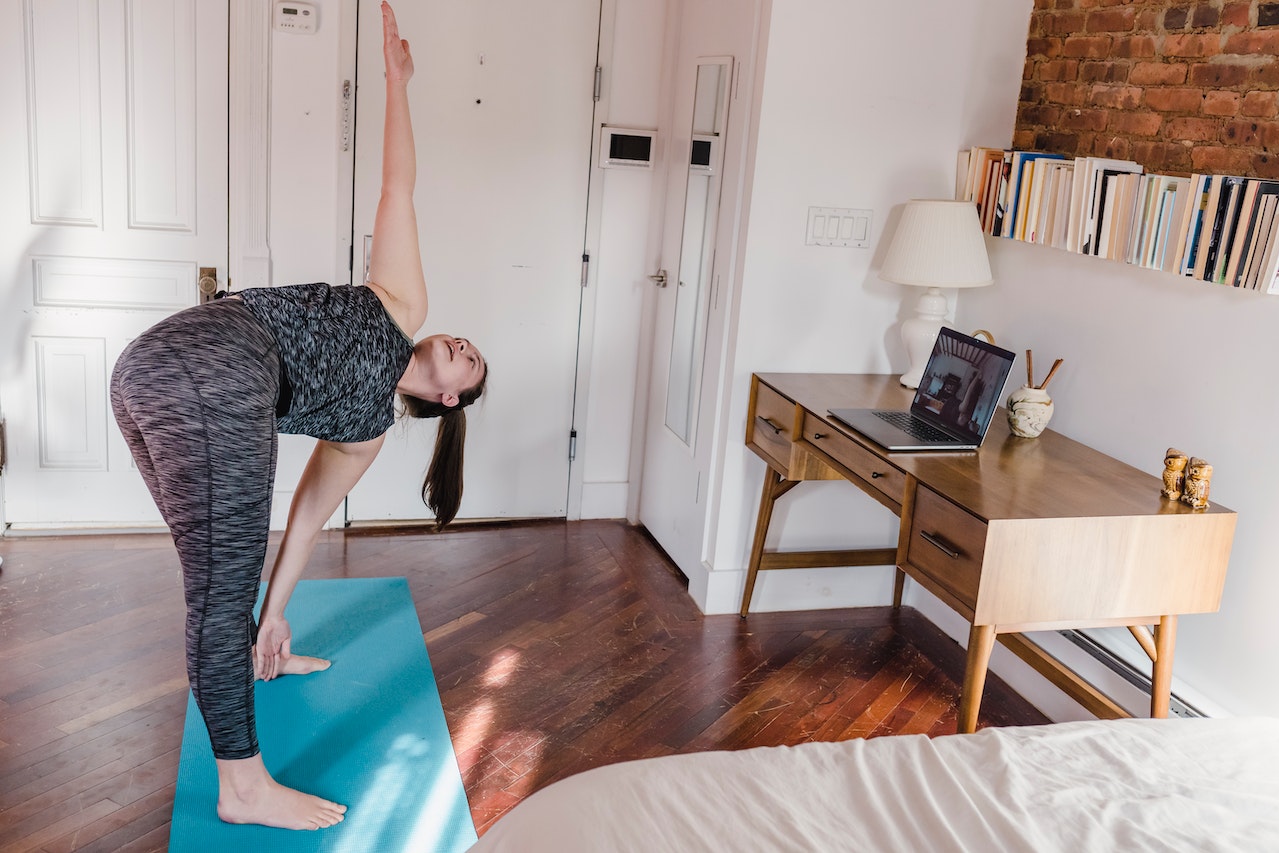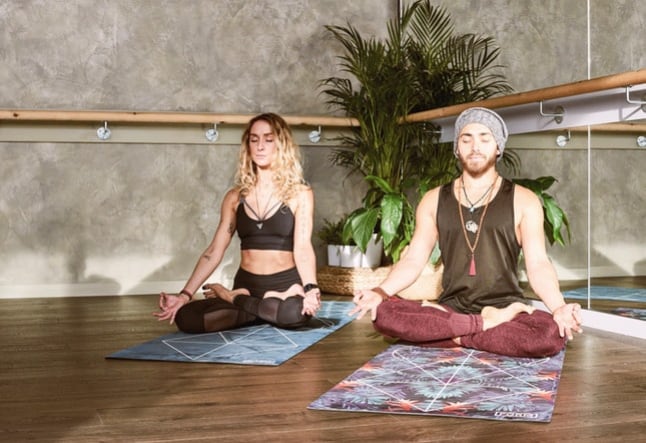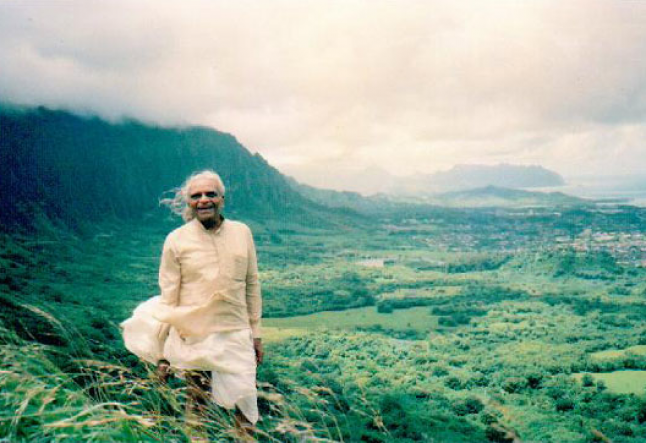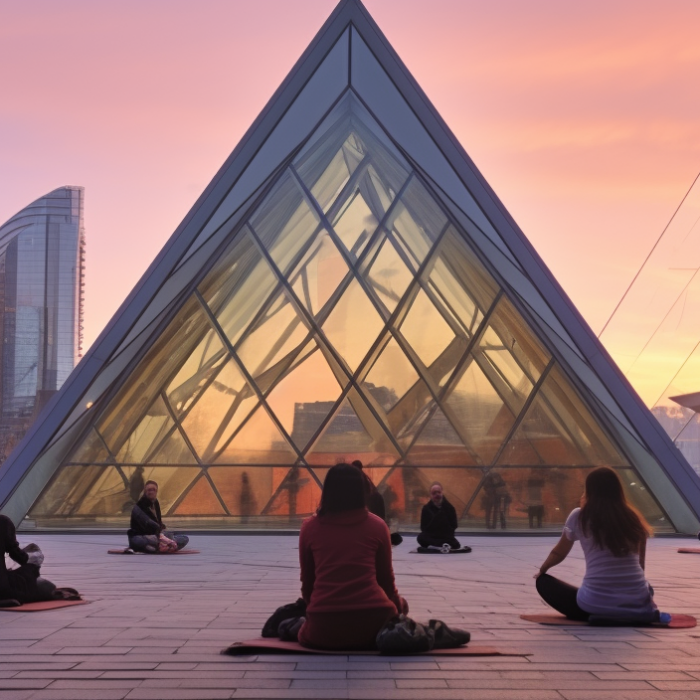is a 200 hour yoga teacher training enough

Remember the first time you stepped onto a yoga mat? That mix of excitement and nervousness, not quite knowing what to expect?
That’s how I felt embarking on my 200-hour yoga teacher training (YTT).
It’s a journey many of us in the yoga community consider. But the big question looms: Is 200 hour yoga teacher training enough to teach yoga confidently and effectively?
This post will explore this question, drawing from personal experiences and industry standards.
Whether you’re a seasoned yogi or just starting, this exploration is for you. We’ll dive into what a 200-hour YTT entails, its benefits, and its limitations. So, roll out your mat, take a deep breath, and begin this journey together.
Key Takeaways
- Foundation and Beyond: A 200-hour yoga teacher training provides a foundational understanding of yoga, but it’s just the beginning of a lifelong learning journey.
- Continuous Learning: Advanced training, specializations, and personal practice are crucial for deepening your knowledge and enhancing your teaching skills.
- Building Relationships: Creating a supportive community and nurturing student relationships are vital aspects of a successful yoga teaching career.
- Embracing Challenges: Teaching yoga involves more than guiding postures; it’s about adapting to varied needs and finding your unique teaching voice.
- Business Acumen: Understanding the business side of yoga, including marketing and administration, is essential for a sustainable teaching career.
- Staying True to Ethics: Upholding yoga philosophy and ethics is vital in maintaining the authenticity and integrity of your teaching practice.
- Technology Integration: Utilizing online platforms and technology can expand your reach and enhance your teaching capabilities.
Understanding 200 Hour Yoga Teacher Training
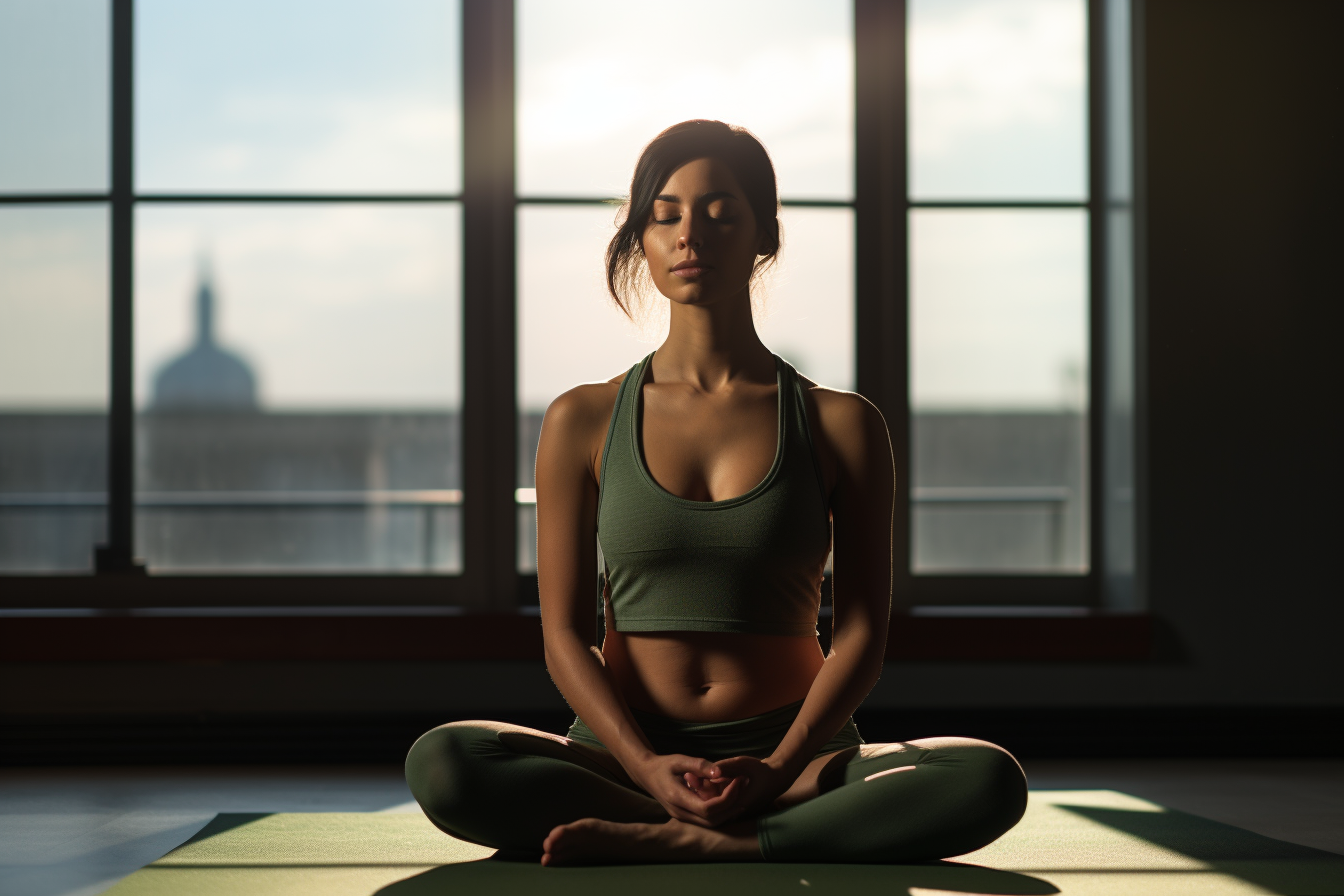
A 200-hour yoga teacher training is often seen as the first step in becoming a certified yoga teacher. But what does it involve? This training typically covers the essentials of yoga philosophy, anatomy, a yoga teaching methodology, and the physical practice of yoga postures. It’s like dipping your toes into a vast ocean of knowledge.
I recall my training, where each day blended learning and experiencing. From the history of yoga to the intricacies of the human body, every session was an eye-opener. But more than the knowledge, it was about transformation – a journey inward, understanding not just the ‘how’ of yoga tradition but also the ‘why’ of yoga.
Yet, as comprehensive as it sounds, can this foundation genuinely equip you to teach yoga confidently? Let’s delve deeper.
Also read >>> Best Online Yoga Teacher Training
The Scope and Limitations of 200-Hour YTT
Embarking on a 200-hour yoga teacher training is akin to opening a door to a new world. It lays a solid foundation, but it’s just the beginning. This training gives you a broad overview – from mastering yoga postures to understanding yoga anatomy and diving into yoga philosophy. It’s a comprehensive introduction, but is it enough?
Here’s a personal anecdote to put things into perspective. During my training, I met a fellow yogi, Sarah, who was incredibly knowledgeable about yoga postures. Yet, when it came to teaching a class, she felt unprepared. This is a common sentiment among many new teachers. The training equips you with the basics, but teaching yoga is a different ball game. It requires knowledge, confidence, adaptability, and a deep understanding of your students’ needs.
So, while a 200-hour course is a great start, it’s essential to recognize its limitations. It might not make you a seasoned teacher overnight, but it’s a crucial step in that direction.
Beyond the Basics: The Journey After 200-Hour YTT
Completing your 200-hour yoga teacher training is an accomplishment, but it’s not the end. It’s the beginning of a lifelong journey of learning and growth. After my training, I quickly realized that teaching yoga was more than just guiding students through poses; it was about connecting, understanding, and continuously evolving.
Post-200-hour training, many teachers feel the need for more. This is where self-practice, continued education and even advanced training come into play. Engaging in workshops, attending yoga retreats, or even enrolling in a 300-hour training can deepen your understanding and refine your teaching skills.
Remember, every class you teach is an opportunity to learn. Observing your students, adapting yoga techniques to different needs, and staying true to your unique teaching style are all part of the journey. Embrace the role of both teacher and student and watch your practice and your teaching flourish.
Embracing Continuous Learning and Development

The path of a yoga teacher is one of continuous learning and self-discovery. After completing a 200-hour yoga teacher training, the learning curve doesn’t flatten; it becomes steeper and more exciting. This is where the real journey begins.
Think of your 200-hour training as your passport to teaching yoga. It’s your ticket to start, but the journey is far from over. For instance, after my initial training, I found immense value in attending specialized workshops, particularly in yoga, anatomy, and meditation. These not only enhanced my knowledge but also enriched my teaching style.
Moreover, engaging in regular self-practice and reflection is crucial. It helps integrate the teachings into your own practice, and brings authenticity to your classes. Remember, a good yoga teacher is always a student at heart, constantly evolving and adapting.
Is a 200-hour training enough? It’s enough to start, but the art of teaching yoga is a lifelong journey of learning and growing.
Navigating the Challenges of Teaching Yoga
After completing your 200-hour yoga teacher training, you might feel ready to conquer the world, one yoga class at a time. However, teaching yoga comes with its own set of challenges. It’s because yoga school not just about perfecting asanas or reciting yoga sutras; it’s about connecting with your students and adapting to varied needs.
One of the new teachers’ most significant challenges is finding their unique teaching voice. It’s easy to feel overwhelmed, especially when comparing yourself to more experienced teachers. I remember teaching my first class post-training; my hands shook, and my voice was barely above a whisper. But with each class, I grew more confident and found my rhythm.
Another challenge is staying true to the essence of yoga while catering to the modern-day demands of the yoga and wellness industry itself. Balancing traditional yoga teachings with contemporary styles can be tricky but possible. It’s about striking the right balance and staying authentic to what yoga means to you.
Building a Community and Expanding Your Network
One of the most rewarding aspects of being a yoga teacher is the opportunity to build a community. After completing your 200-hour yoga teacher training, you’re not just stepping into the role of a yoga teacher certification but also becoming a part of a larger, global community of yogis.
Building a community starts in your yoga classes. It’s about creating a safe, welcoming space where students feel seen and heard. I’ve found that the most profound connections often happen off the mat: a conversation after class or a community event. These moments help foster a sense of belonging and support for you and your students.
Expanding your network is also crucial. Connect with other yoga teachers, attend yoga conferences, and participate in online forums. Each interaction is an opportunity to learn and grow. Remember, the yoga community is vast and diverse, and there’s so much wisdom to be shared.
The Role of Yoga Alliance and Certification
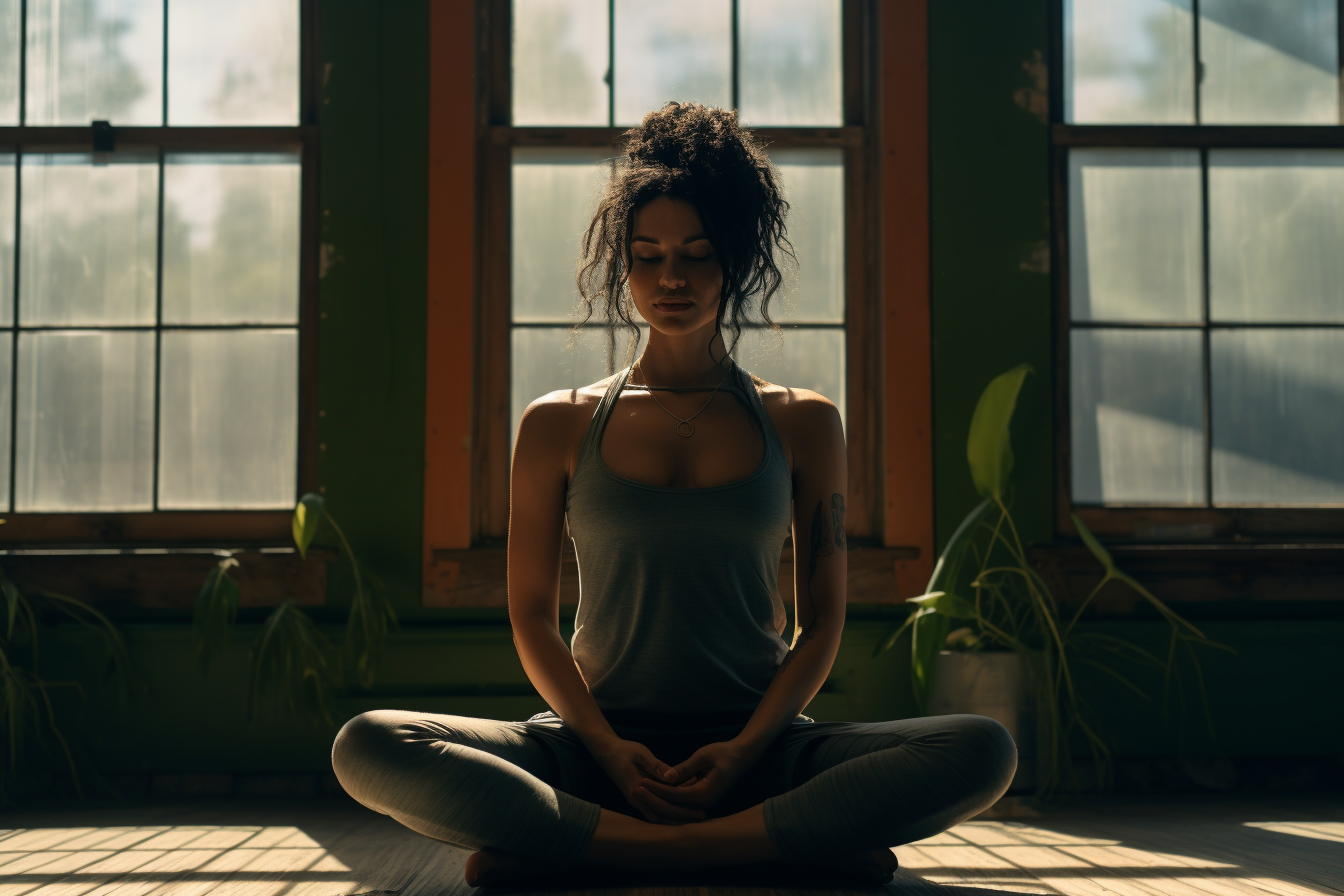
As you step into teaching yoga, you’ll often hear about Yoga Alliance. But what role does it play? Yoga Alliance is a governing body in the whole yoga certification world known for setting standards for yoga teacher training. Being a registered yoga teacher (RYT) with Yoga Alliance adds a layer of credibility to your profile, but it’s not the end-all.
During my journey practicing yoga alone, I realized that while certification is essential, your skills and passion define you as a teacher. Yoga Alliance registration can open doors, especially in certain studios or countries requiring it. However, your dedication to the practice and your ability to connect with students make you a great teacher.
Remember, a certificate doesn’t make you a good teacher; your actions, commitment to practice, and willingness to keep learning do.
Emphasizing Personal Practice and Self-Care
In becoming a yoga teacher, personal practice and self-care are paramount. They are the soil and water that nourish the seeds of your teaching. After completing your 200-hour yoga teacher training, it’s crucial to maintain and deepen your practice.
Personal practice is where you explore and internalize the teachings. It’s where you experiment with yoga postures, breathing exercises, and meditation techniques. This exploration enhances your physical skills and deepens your spiritual connection. The insights gained during personal practice are often the most profound lessons I share with my students.
Self-care is equally important. Teaching yoga can be physically and emotionally demanding. Regular self-care practices help in maintaining your energy and enthusiasm. Whether it’s a quiet walk in nature, a nourishing meal, or simply taking a day off to rest, self-care ensures you can give your students the best of yourself.
Advancing Your Skills with Further Training and Specializations
After completing a 200-hour yoga teacher training, you may yearn for expertise. This is where advanced training and specializations come into play. They are not just about accumulating hours; they are about deepening your understanding learn yoga, and refining your skills.
Advanced training, like a 300-hour course, often delves deeper into advanced yoga postures, therapeutic applications of yoga, and in-depth yoga history and philosophy. These programs can transform your teaching and practice, offering new perspectives and techniques.
On the other hand, specializations allow you to focus on specific areas of interest. Whether it’s children’s yoga, prenatal yoga, or a particular style like Ashtanga or Vinyasa, specializing can open new avenues and attract students seeking your expertise. In my journey, specializing in yoga for mental health diversified my classes and brought a more profound sense of fulfillment to my teaching.
Integrating Technology and Online Platforms in Yoga Teaching
In today’s digital age, integrating technology into your yoga teaching can expand your reach and impact. After completing your 200-hour yoga teacher training, exploring online platforms to teach yoga can be a game-changer. It’s not just about physical presence anymore; it’s about digital presence, too.
Online yoga classes have become increasingly popular, offering accessibility and convenience to students worldwide. Platforms like Zoom, YouTube, or dedicated yoga apps allow you to connect with a global audience. Teaching online also hones your verbal cueing skills and ability to communicate with students through the screen.
Moreover, social media platforms can be powerful tools for building your brand as a yoga teacher. Sharing your yoga journey, insights, and class updates can attract and engage a wider audience. Remember, technology is a tool that, when used wisely, can significantly enhance your teaching and outreach.
Nurturing Relationships with Students and the Community
Building relationships with your students and the community is one of the most fulfilling aspects of being a yoga teacher. After completing your 200-hour yoga teacher training, you’ll find that teaching is more than just imparting knowledge; it’s about nurturing connections.
Creating a welcoming and inclusive environment in your classes encourages students to open up and fully engage in their practice. Remember, each student comes with their own story and challenges. Being empathetic and attentive can make a significant difference in their yoga journey.
Community involvement is also crucial. Participating in local events, collaborating with yoga schools and other wellness professionals, or even organizing yoga workshops can strengthen your ties with the community. These relationships support your growth as a teacher and enrich your personal life. The community you build around your yoga practice becomes a source of inspiration, support, and joy.
Embracing the Business Aspect of Yoga Teaching
Transitioning from a yoga student to a yoga teacher involves embracing the business aspect of yoga teaching gig. After completing your 200-hour yoga teacher training, understanding the business side is crucial for a sustainable career in yoga.
This includes marketing your classes, managing finances, and navigating the administrative tasks of running yoga classes or workshops. It might seem daunting initially, but it’s an essential part of your journey. For instance, creating a website or a social media presence can significantly boost your visibility. Learning to market yourself authentically helps attract students who resonate with your teaching style.
Also, consider diversifying your income streams. This could mean offering private sessions, online classes, or even yoga retreats. Remember, being a yoga teacher is not just about sharing your passion for yoga but also about making a living. Balancing your love with practical business strategies is critical to a successful and fulfilling career in yoga teaching.
Staying True to Your Yoga Philosophy and Ethics
As you embark on your journey as a yoga teacher, staying true to your yoga philosophy and ethics is paramount. The 200-hour yoga teacher training introduces you to yoga’s ethical and philosophical aspects, but living these principles is a personal journey.
Your yoga philosophy shapes how you approach your classes, interact with students, and conduct your business. It’s about more than just teaching yoga postures; it’s about imparting a way of life. For example, practicing ahimsa (non-violence) isn’t just about avoiding harm in physical postures; it extends to your chosen words and the environment you create in your classes.
Ethical considerations are also crucial for yoga instructor, especially in today’s world, where yoga has become a global phenomenon. This includes respecting cultural aspects of yoga, ensuring inclusivity, and maintaining professional boundaries. Upholding these values not only makes you a responsible teacher but also deepens the trust and respect of your students.
Conclusion: The Ever-Evolving Journey of a Yoga Teacher
In conclusion, 200 hours of yoga teacher training is a significant first step in becoming a yoga teacher. It provides a solid foundation in yoga practice, teaching skills, and philosophy. However, it’s just the beginning of an ever-evolving learning, growth, and self-discovery path.
Being a yoga teacher is about continuous learning, embracing challenges, and adapting to the ever-changing needs of students and the yoga industry. It involves building a community, integrating technology, managing business, and staying true to your ethical and philosophical roots.
Remember, every yoga teacher’s journey is unique. Whether you’re just starting after your 200-hour training or a seasoned teacher, there’s always more to explore and experience in the vast world of yoga. Embrace each step of this journey with an open heart and mind, and watch as your practice and teaching flourish.
FAQs
Is 200 hours enough to teach yoga?
200 hours of training provides a foundational understanding of yoga practice, teaching methodology, and philosophy. It’s generally that is 200 hour yoga teacher training enough sufficient to start teaching beginner-level yoga classes. However, becoming a proficient yoga teacher involves continuous learning and experience beyond the initial 200 hours.
What is the difference between 200 and 300-hour yoga teacher training?
A 200-hour yoga teacher training offers a foundational education in yoga, suitable for beginners. In contrast, a 300-hour training is more advanced, delving deeper into anatomy, philosophy, and specific yoga styles. It’s designed for those who have already completed the 200-hour training and wish to deepen their knowledge and teaching skills.
What should I do after 200 hours of YTT?
After completing a 200-hour YTT yoga course, consider teaching yoga to gain practical experience. You can also continue your education through workshops, online courses, or a 300-hour training program. Engaging in regular self-practice and staying updated with the latest yoga trends and teachings is also beneficial.
Why 200-hour yoga teacher training?
A 200-hour yoga teacher training is the industry standard for becoming a certified yoga teacher. It provides a comprehensive introduction to yoga teaching, covering essential aspects like basic postures, anatomy, philosophy, and teaching methodology. It’s the first step for all yoga instructors and anyone looking to teach yoga professionally.
